Hello everyone, as you can see I'm new. I'll go straight to the point because I dont want to waste anyone's time.
I'm quite a beginner with photography, but I've always liked it since I was a kid, so I plan to make it a hobby, and by this I mean I am willing to take the time and spending the money needed.
I am planning to buy 2 cameras. One compact, basically to carry around and just take random shoots. My option for this is the Sony Cybershot DSC T-300. Its in the range of around 350 USD. I would like to know (if you don't mind taking a bit of your time) your opinion in this, basically in the overall, is the camera good for its price? Do you know of any other cameras in the 'compact' range that have similar prices but provide better things? Basically just to know if I'm wasting my money in something that might give me less than others.
And then, I would like to know what is the best dSLR camera I could buy. If you think that this is too vague, make it around 2000-2300 USD. Ive been reading around a bit but I'd like to know your opinions.
Thanks in advance, anything you have to say will be greatly appreciated so don't hesitate to give your opinion.
I'm quite a beginner with photography, but I've always liked it since I was a kid, so I plan to make it a hobby, and by this I mean I am willing to take the time and spending the money needed.
I am planning to buy 2 cameras. One compact, basically to carry around and just take random shoots. My option for this is the Sony Cybershot DSC T-300. Its in the range of around 350 USD. I would like to know (if you don't mind taking a bit of your time) your opinion in this, basically in the overall, is the camera good for its price? Do you know of any other cameras in the 'compact' range that have similar prices but provide better things? Basically just to know if I'm wasting my money in something that might give me less than others.
And then, I would like to know what is the best dSLR camera I could buy. If you think that this is too vague, make it around 2000-2300 USD. Ive been reading around a bit but I'd like to know your opinions.
Thanks in advance, anything you have to say will be greatly appreciated so don't hesitate to give your opinion.


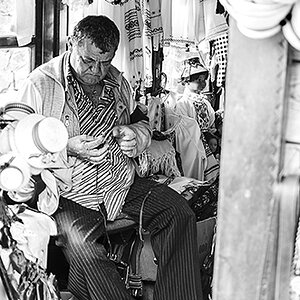
![[No title]](/data/xfmg/thumbnail/37/37129-2b15d9f6bc8d43c2c1247a6c591d14aa.jpg?1619737884)
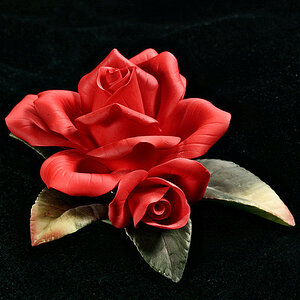
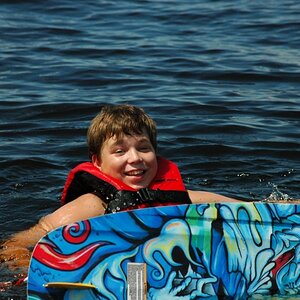
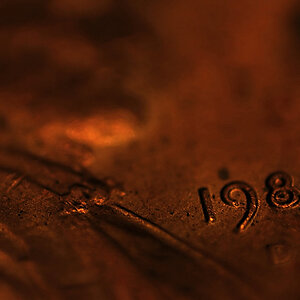


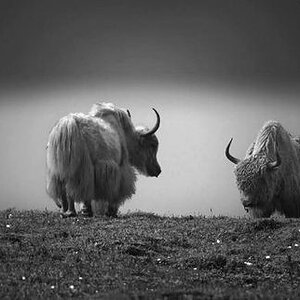
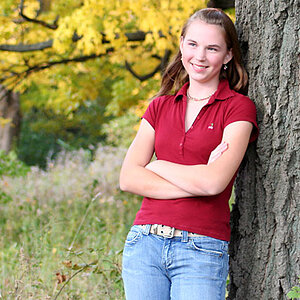
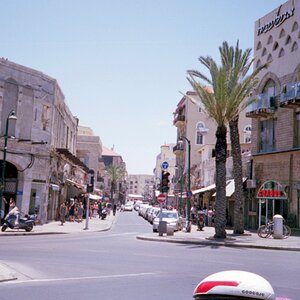
![[No title]](/data/xfmg/thumbnail/42/42034-6262420ff3ea238f05395bbcc7ae1f28.jpg?1619739985)
